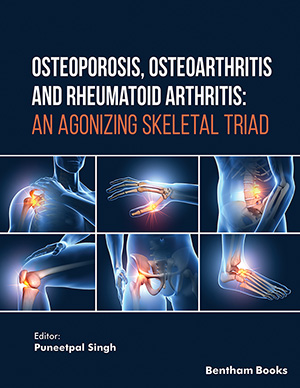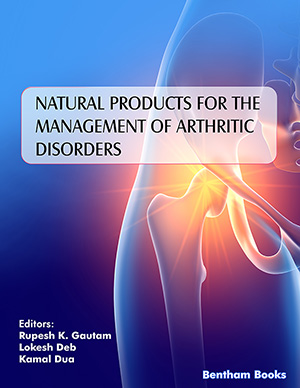Abstract
Background/Aims: Hepatitis C has been associated with rheumatologic manifestations (HCV-related RM). Clinically, HCV-related RM may be indistinguishable from the symptoms that occur in diffuse connective tissue diseases (DCTD-related RM), making the differential diagnosis difficult. Host genetic factors, such as the Human Leukocyte Antigens (HLA) polymorphisms were associated with HCV infection, however, there are no studies that discriminate between HCVrelated RM and DCTD-related RM. This study focused on verifying associations between HLADRB1 and RM in patients with chronic hepatitis C, aiming to distinguish between DCTD-related RM and HCV-related RM.
Methods: The participants were 152 individuals, of both sexes, aged between 18 and 80 years, and affected by chronic hepatitis C. The patients underwent rheumatologic physical examination and HLA-class II (HLA-DRB1) typing was performed by PCR-SSO (Polymerase Chain Reactionsequence Specific Oligonucleotides).
Results: A significant number of patients with rheumatologic complaints (73%) not attributed to other causes was observed. DRB1*08 allele seems to confer protection against RM in chronic hepatitis C. There is no susceptibility association between HLA-DRB1 alleles and RM.
Conclusion: The absence of association between HLA-DRB1 and the rheumatologic manifestations studied suggests that the pathophysiological pathways of DCTD-related RM and HCV-related RM are distinct.
Keywords: HCV, hepatitis C, rheumatologic manifestations, HLA, DRB1, PCR-SSO.
[http://dx.doi.org/10.3748/wjg.v20.i43.15992] [PMID: 25473152]
[http://dx.doi.org/10.1002/hep.27259] [PMID: 25069599]
[http://dx.doi.org/10.7326/0003-4819-123-8-199510150-00008] [PMID: 7677303]
[http://dx.doi.org/10.1016/j.autrev.2016.09.006] [PMID: 27640316]
[http://dx.doi.org/10.23736/S0026-4806.20.07158-X] [PMID: 33263372]
[http://dx.doi.org/10.1186/ar1041] [PMID: 15059277]
[PMID: 24987312]
[http://dx.doi.org/10.1002/1529-0131(199910)42:10<2204::AID-ANR24>3.0.CO;2-D] [PMID: 10524695]
[http://dx.doi.org/10.1016/j.rdc.2009.03.005] [PMID: 19481000]
[http://dx.doi.org/10.3949/ccjm.72.11.1005] [PMID: 16315439]
[http://dx.doi.org/10.1002/1529-0131(200109)44:9<2118::AID-ART364>3.0.CO;2-X] [PMID: 11592376]
[http://dx.doi.org/10.1016/0016-5085(95)90020-9] [PMID: 7806037]
[PMID: 18854880]
[http://dx.doi.org/10.1590/S0100-879X2008005000021] [PMID: 18560674]
[http://dx.doi.org/10.1007/s40744-018-0100-z] [PMID: 29516402]
[http://dx.doi.org/10.1016/j.jbspin.2009.10.002] [PMID: 19926510]
[http://dx.doi.org/10.1590/S0482-50042013000100005] [PMID: 23588515]
[http://dx.doi.org/10.1016/j.autrev.2017.10.007] [PMID: 29037901]
[http://dx.doi.org/10.1590/S0482-50042010000500001] [PMID: 21125184]
[http://dx.doi.org/10.1002/hep.510240201] [PMID: 8690394]
[PMID: 21131699]
[http://dx.doi.org/10.1007/s00296-009-1010-8] [PMID: 19536545]
[http://dx.doi.org/10.1097/BOR.0b013e328333ba5d] [PMID: 19864952]
[http://dx.doi.org/10.1016/j.ejr.2017.07.002]
[http://dx.doi.org/10.1007/s10067-010-1463-x] [PMID: 20411290]
[http://dx.doi.org/10.1016/j.rdc.2016.12.011] [PMID: 28390570]
[http://dx.doi.org/10.1111/tan.12698] [PMID: 26818120]
[http://dx.doi.org/10.1016/S0198-8859(02)00776-0] [PMID: 12559632]
[http://dx.doi.org/10.1093/rheumatology/keu310] [PMID: 25187641]
[http://dx.doi.org/10.1186/ar90] [PMID: 11094432]
[http://dx.doi.org/10.1016/j.jare.2016.07.005] [PMID: 28149645]
[http://dx.doi.org/10.1093/rheumatology/kel174] [PMID: 16735452]











